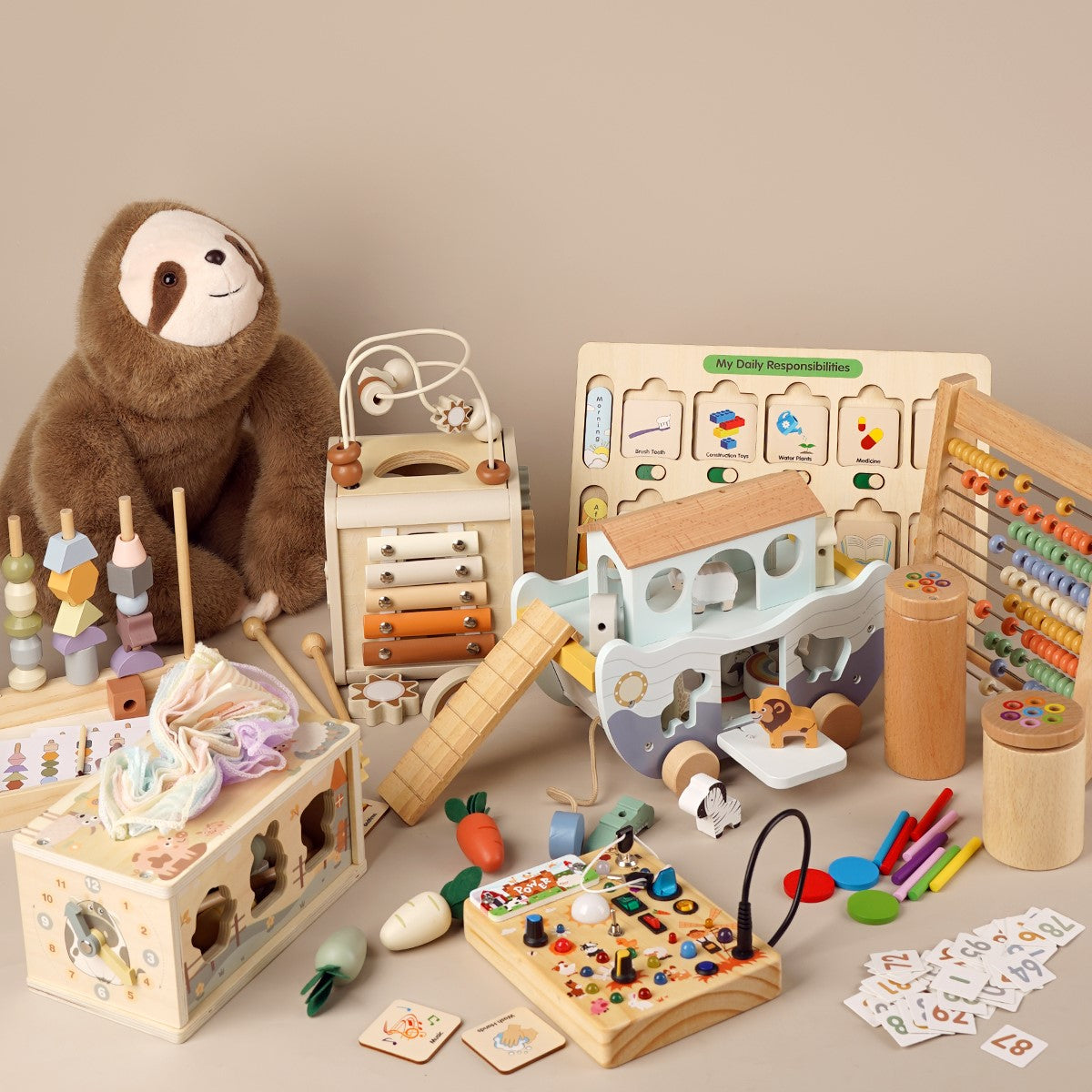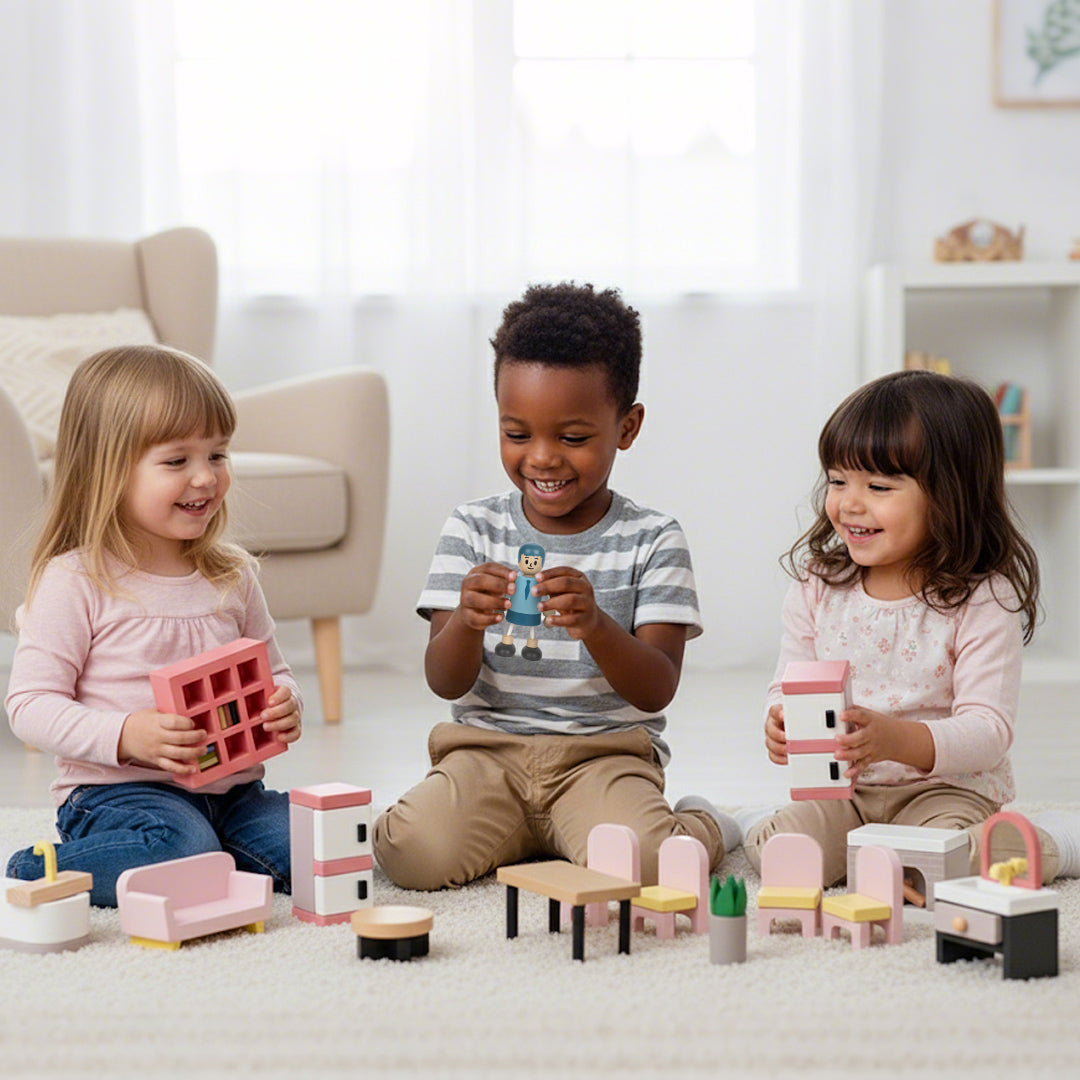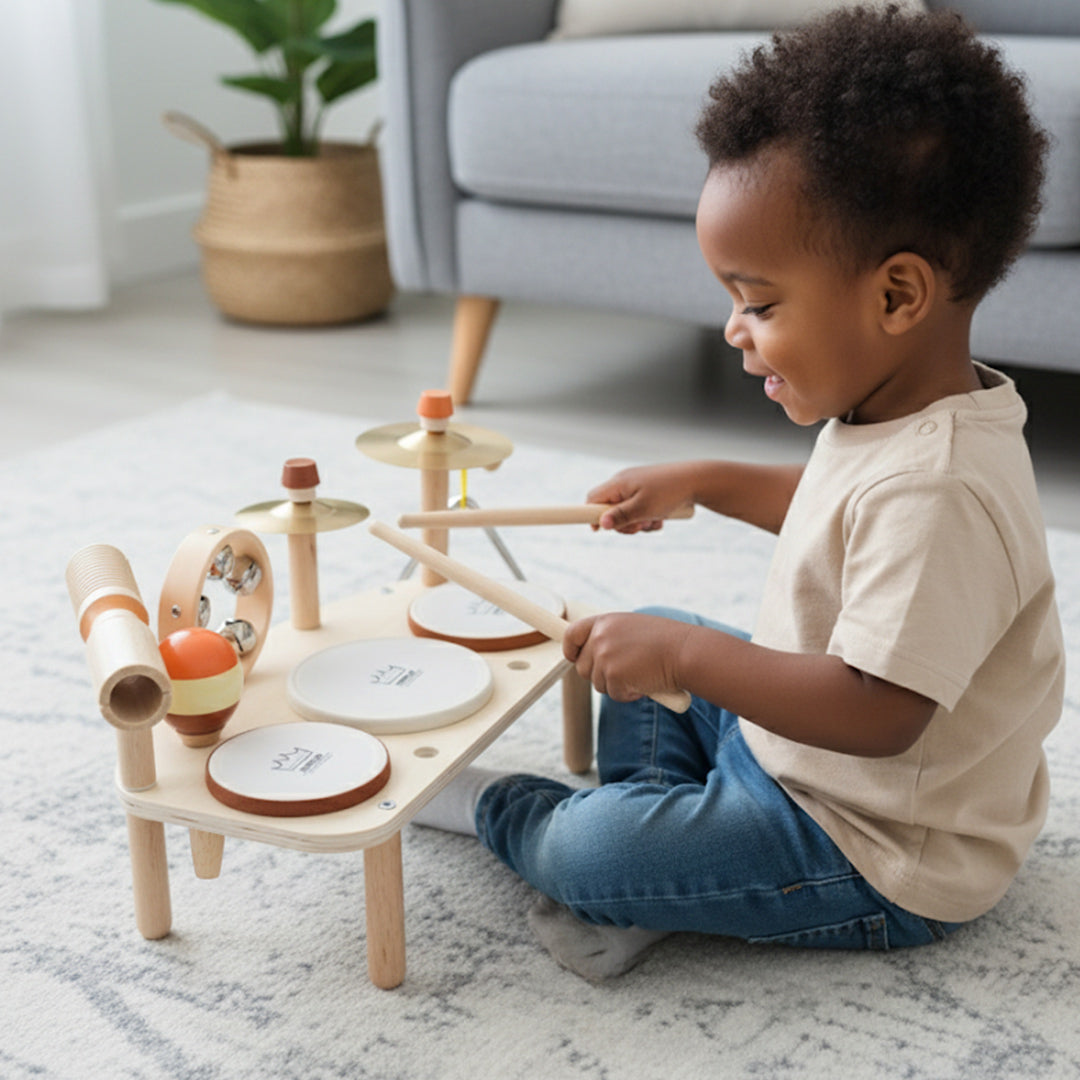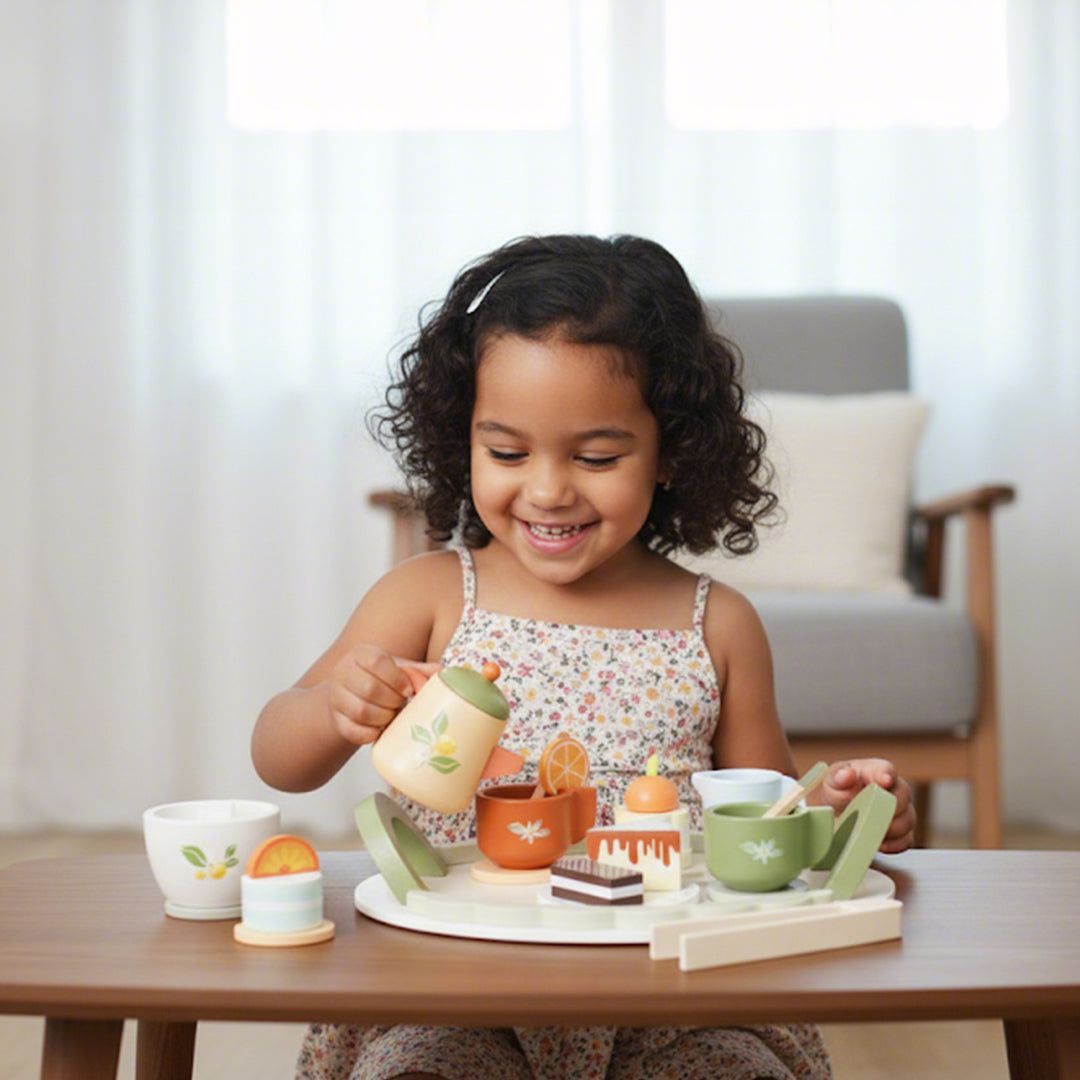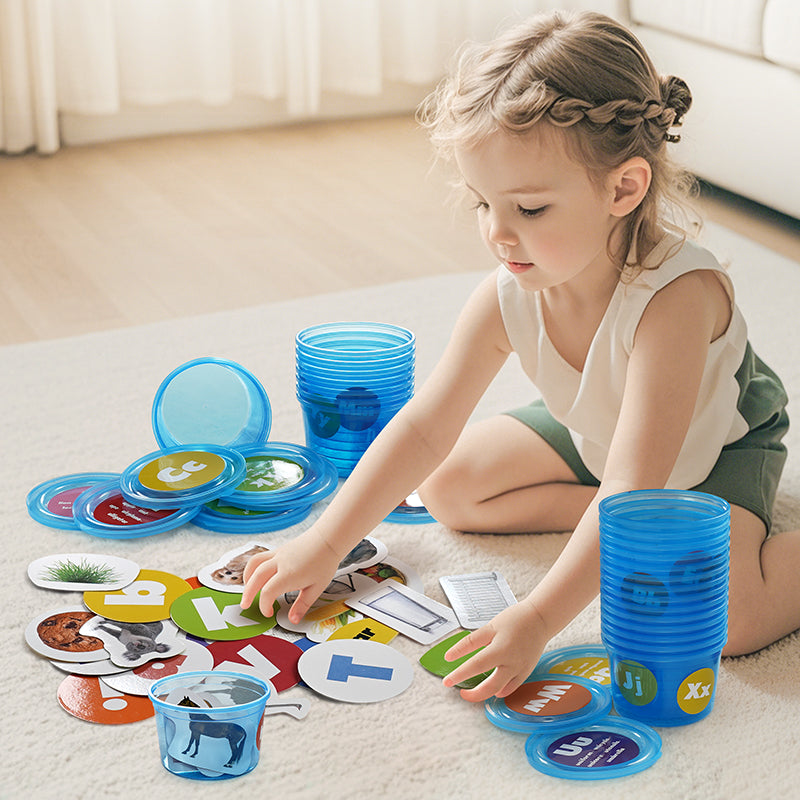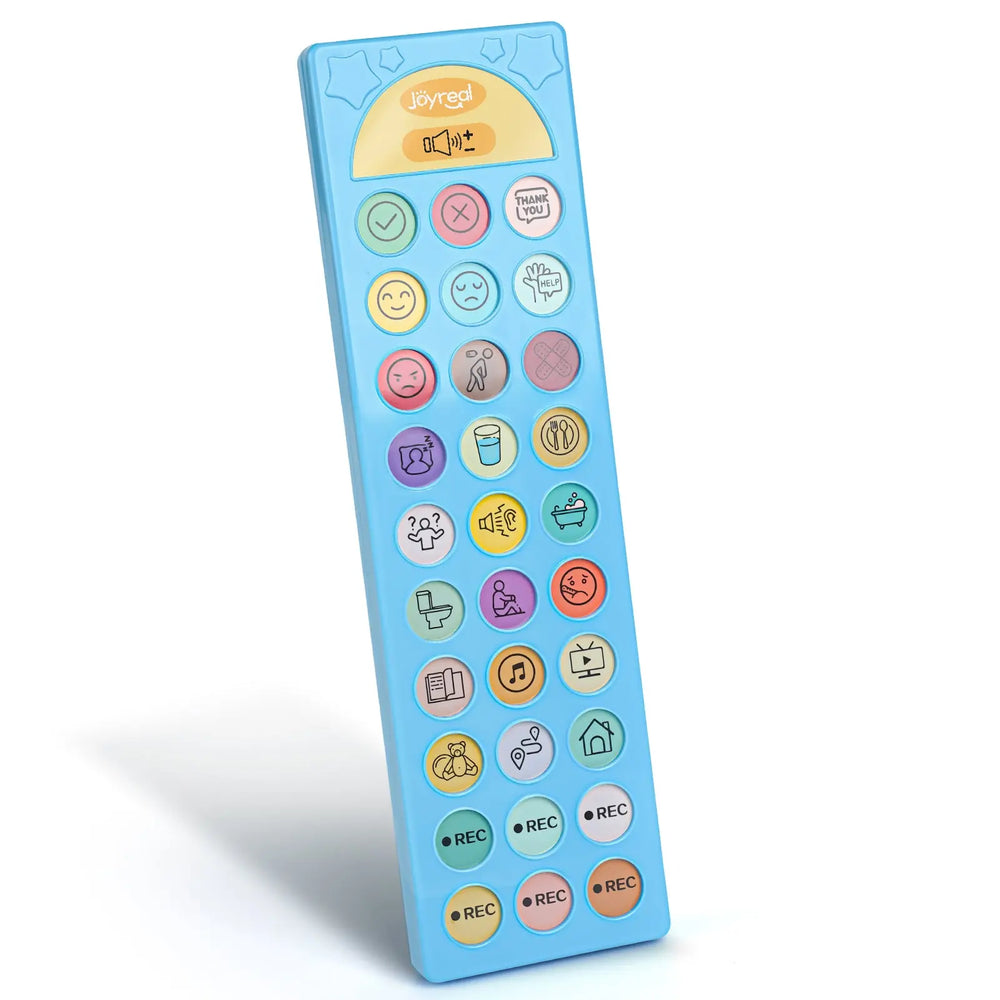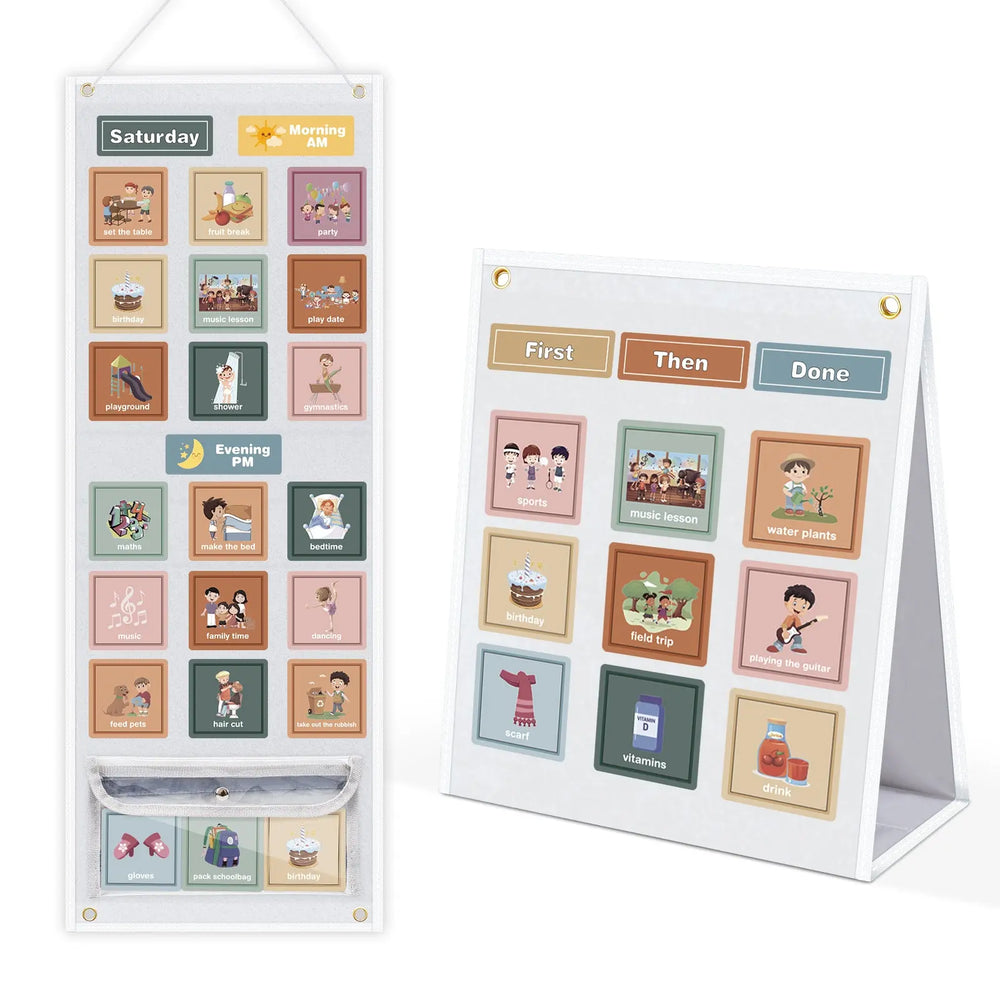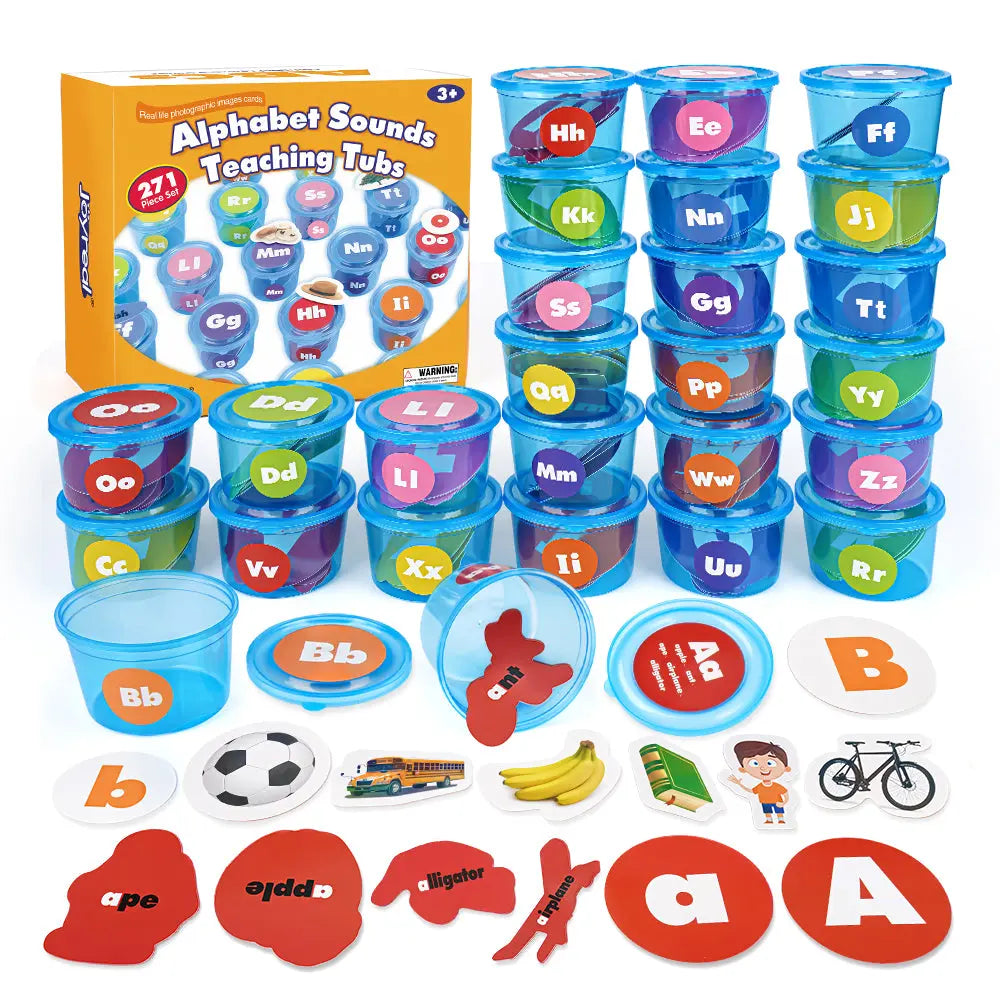Unlock Calm and Focus with Sensory Toys for Autism

In today’s fast-paced world, parents and caregivers are always searching for meaningful ways to support children with autism. One of the most effective tools that has gained wide recognition is sensory toys for autism. These toys play a pivotal role in helping children unlock calm and focus in their daily lives. Among the diverse range of options, the Montessori busy board stands out as a favorite for its simplicity and effectiveness.
Understanding Sensory Toys for Autism
Children on the autism spectrum often experience the world in unique ways. Sensory toys are specially designed to engage their senses—touch, sight, sound, and even movement. These toys provide safe, enjoyable activities that can reduce anxiety, channel excess energy, and increase attention spans. Sensory toys for autism do much more than entertain—they support developmental skills, encourage learning, and foster self-soothing behaviors.
Why Sensory Toys Work
The beauty of sensory toys for autism is in their ability to provide immediate feedback and comfort. When a child manipulates a fidget spinner, squeezes a stress ball, or explores the different textures on a Montessori busy board, they’re not just playing—they’re organizing their sensory input. This helps regulate emotions and behaviors, leading to increased calmness and focus in challenging environments like classrooms, therapy sessions, or home.
How Sensory Toys Help with Autism
- Self-Regulation: Helps manage emotions and reduce meltdowns.
- Improved Focus: Supports attention span in learning environments.
- Motor Skill Development: Strengthens coordination and dexterity.
-
Social Interaction: Encourages play and communication in group settings.
Choosing the Right Sensory Toy
When selecting sensory toys for autism, consider:
- Individual preferences (some may prefer tactile input, while others benefit from visual or auditory stimulation).
- Safety and durability (especially for chewable or weighted items).
- Portability (for use at home, school, or on the go).
Montessori Busy Boards for Autism - Developing Skills Through Sensory Play
1. Basic Wooden Busy Board
✅ Features: Locks, latches, door chains, and knobs
✅ Best for: Toddlers & young kids starting with fine motor activities
2. Sensory Busy Board with Textures
✅ Features: Fabric swatches, Velcro, sandpaper, rubber grips
✅ Best for: Kids who love tactile stimulation
3. Advanced Activity Board with Electronics
✅ Features: Light switches, spinning gears, sound buttons
✅ Best for: Older children who enjoy cause-and-effect play
4. Portable Travel-Friendly Busy Board
✅ Features: Compact design with zippers, buckles, and shoelaces
✅ Best for: On-the-go sensory play
5. Customizable DIY Montessori Busy Board
✅ Features: Tailored to your child’s interests (e.g., car-themed, space-themed)
✅ Best for: Parents who want a personalized touch
Why Are Busy Boards Great for Autism?
 1. Encourages Sensory Exploration
1. Encourages Sensory Exploration
Children with autism often seek tactile input. A busy board provides different textures (soft fabrics, rough sandpaper, smooth wood) and interactive elements (spinning gears, clicking latches) to satisfy sensory needs.
2. Improves Fine Motor Skills
Activities like zipping, lacing, and turning knobs help strengthen hand-eye coordination and dexterity—key skills for daily tasks like dressing and writing.
3. Reduces Anxiety & Promotes Calm
The repetitive, predictable motions (flipping switches, sliding beads) can have a soothing effect, helping to reduce stress and meltdowns.
4. Boosts Independence & Confidence
Since busy boards are self-guided, children can explore at their own pace, building confidence in their abilities without pressure.
5. Enhances Focus & Attention Span
The structured play keeps children engaged longer, which is especially helpful for those with ADHD or attention difficulties.
Joyreal AAC: Autism-Friendly Sensory Communication Tool for Visual, Auditory & Educational Support
Communication is a fundamental human need, yet for nonverbal or minimally verbal individuals with autism, expressing thoughts, needs, and emotions can be a daily struggle. The Joyreal AAC (Augmentative and Alternative Communication) device bridges this gap by offering a sensory-friendly, visually intuitive, and educationally supportive tool designed to empower users with autism spectrum disorder (ASD).
Key Features & Benefits
1. Visual Support for Enhanced Comprehension
- High-contrast icons for better recognition
- Customizable image libraries (real photos or symbols)
- Themed communication boards (food, emotions, school, etc.)
Why it matters: Many autistic individuals are visual learners, and Joyreal AAC’s clear, structured layout helps them associate images with words, improving language comprehension.
2. Auditory Feedback for Speech Development
- Natural-sounding voice output (multiple language options)
- Adjustable volume & speech speed
- Sound effects & verbal prompts to encourage imitation
Why it matters: Hearing spoken words while pressing buttons reinforces speech imitation, helping nonverbal users develop verbal skills over time.
3. Tactile & Sensory-Friendly Design
- Durable, easy-to-press buttons (ideal for fine motor challenges)
- Lightweight & portable (for home, school, or travel)
Why it matters: Many autistic individuals have sensory processing differences, and Joyreal AAC’s tactile responses make communication more engaging and less overwhelming.
How to Get Started with Joyreal AAC
- Introduce basic needs (e.g., "I want water," "Help").
- Add emotions & social phrases (e.g., "I’m happy," "Can I play?").
- Use in daily routines (meals, school, outings).
Encourage imitation by modeling words while pressing buttons.
Real-Life Benefits of Sensory Toys for Autism
Parents and professionals consistently report the positive impact sensory toys have on children with autism:
- Improved self-regulation and reduced meltdowns
- Increased independence and confidence
- Enhanced learning of daily skills through play
- Positive engagement during transitions or stressful moments
Final Thoughts
Unlocking calm, focus, and communication for children with autism is possible with the right tools. Sensory toys, like the Montessori busy board, play a crucial role in enhancing daily routines and emotional well-being. When combined with specialized aids such as AAC devices for autism and sensory-friendly AAC tools, children can thrive in both communication and sensory development. Thoughtfully integrating these tools—whether through **visual auditory learning devices** or **speech therapy aids**—creates a supportive environment that fosters independence and confidence. By carefully selecting and using the **best AAC devices for autism**, parents and caregivers can provide a holistic, gentle path forward in helping their child express, learn, and grow.
Maybe it will be helpful for you:
Recent Post

What Finally Helped My Toddler Speak Up?
If you’re a toddler mom, you already know how much emotional weight...

Joyreal Christmas Toys Deals 2025
Enjoy instant savings across nearly every category, from early lear...

How Wooden Montessori Toys Support a Sustainable Childhood
Most parents don’t say it out loud, but many feel the same quiet fr...

Top Christmas Gifts to Help Kids Communicate Better This Holiday Season
The holiday season brings joy, family bonding, and endless opportun...

How to Make DIY Printable Communication Boards
Communication is at the heart of every child’s development — and fo...

Top 5 Christmas Gifts That Bring Families Closer (2025 Guide)
Christmas isn’t just about the gifts — it’s about the moments we c...

Top Musical Christmas Gifts for Toddlers & Preschoolers 2025
Why Musical Gifts Are Perfect for Toddlers and Preschoolers Music h...

Joyreal AAC Devices Wholesale Partner
In today’s educational and therapeutic environments, speech therapi...

Joyreal AAC Device – Big Sale for Autism & Speech
Every Voice Deserves to Be Heard Imagine your child looking up at y...

How to Choose Safe & Educational Toys for Christmas 2025
When “Just a Toy” Means So Much More If you’re a parent, you know t...
